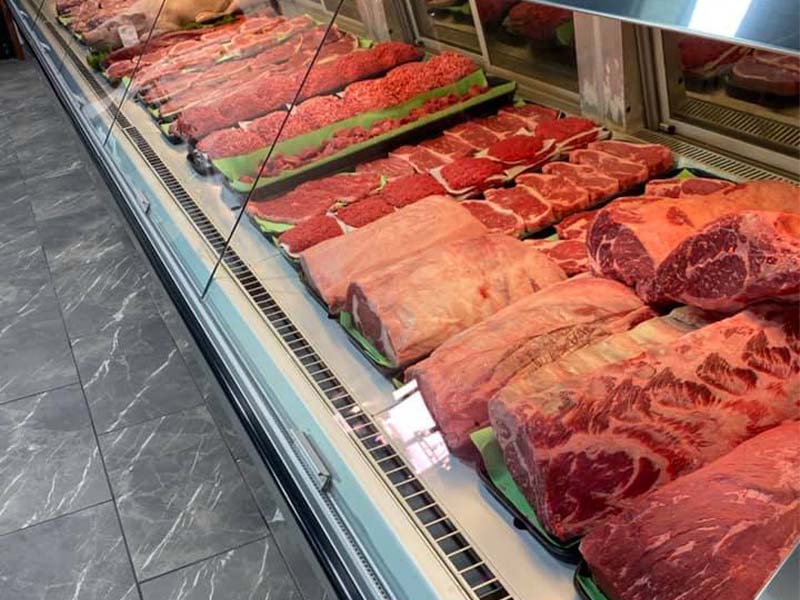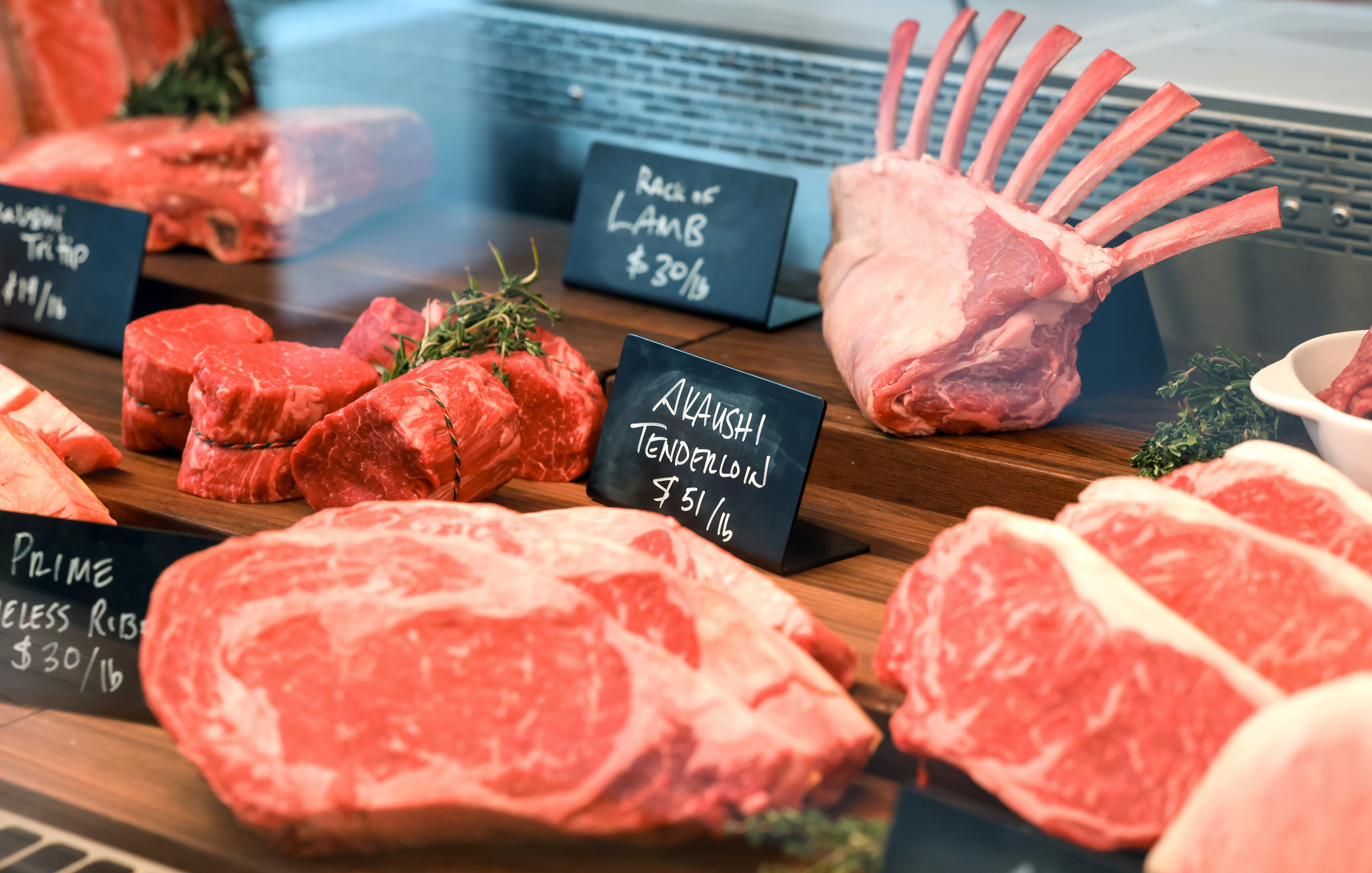Discover the Art of the Butcher's Cut in a Modern Meat Market
In the ever-evolving landscape of modern-day meat markets, the butcher's cut has transcended its conventional roots, merging age-old workmanship with modern methods. What really sets the contemporary butcher apart is their ability to forge a deeper link in between customers and the origins of their meat.
Evolution of Butchery Techniques
The advancement of butchery strategies reflects a rich tapestry of development and adaptation driven by developments in technology, changes in customer need, and a deeper understanding of meat scientific research. Historically, butchery was a craft passed down through generations, with methods honed over centuries to make the most of return and taste. The industrial revolution ushered in mechanization, changing traditional methods and allowing massive handling.
The mid-20th century saw butchery strategies further fine-tuned by clinical understandings right into muscle biology and meat aging, improving both inflammation and preference. Innovations like vacuum cleaner product packaging and refrigeration extended product shelf-life, allowing butchers to branch out offerings and enhance quality assurance. This duration additionally noted the rise of specialized equipment, such as band saws and meat slicers, which enhanced precision and effectiveness in meat handling.

Electronic systems now aid in tracking animal provenance and optimizing cuts to meet particular customer preferences. Additionally, a revival in artisanal butchery has arised, blending conventional abilities with modern-day expertise to cater to consumers seeking ethical and lasting meat choices.
Comprehending Meat Cuts
Understanding the details of meat cuts is crucial for both butchers and consumers seeking high quality and worth. For butchers, accurate cuts mirror skill and regard for the craft, guaranteeing minimal waste and optimal return.

Recognizing muscle mass composition is vital; muscle mass utilized more regularly by the pet have a tendency to be tougher and are best matched for sluggish cooking techniques, while less-used muscles, like those found in the loin, are more tender and ideal for barbecuing or roasting. Experience with these differences equips consumers to make informed selections, improving their culinary endeavors.
Picking Top Quality Meat
Choosing the appropriate meat involves even more than simply choosing an aesthetically enticing piece from the screen. The art of selecting high quality meat requires a critical eye and knowledge of certain attributes that indicate freshness and quality.
Secondly, consider the marbling, which describes the white flecks of fat within the muscular tissue. Proper marbling is an essential sign of inflammation and flavor, as it melts during food preparation, enhancing the meat's juiciness. Bear in mind, higher marbling typically correlates with superior high quality cuts, such as USDA Prime.
Structure is an additional essential factor; meat should feel firm to the touch, not slimy or overly soft. Furthermore, be mindful of the fragrance. Fresh read meat must have a clean, neutral scent, devoid of any type of sour or off-putting smells.
Combining Cuts With Cooking Approaches

Conversely, harder cuts like brisket and chuck roast are rich in collagen, which breaks down right into gelatin when cooked gradually. These cuts are ideal for braising or slow-moving roasting, allowing the meat to tenderize with time and develop deep, complicated tastes. Cuts such as brief ribs and pork shoulder make out well with slow-cooking methods, where extended cooking times transform their durable appearances into succulent meals.
Lamb check my reference shanks and oxtail, which need long term cooking to tenderize, are best prospects for cooking or slow simmering. These methods coax out rich, passionate tastes while keeping dampness. By understanding the unique characteristics of each cut, chefs and home chefs alike can boost their cooking productions, guaranteeing each meal is both satisfying and unforgettable.
The Butcher's Role Today
Browsing the advancing landscape of the modern-day meat market, the butcher's function today extends past mere preparation of cuts. Contemporary butchers are culinary craftsmens, teachers, and advocates for lasting practices.
Along with crafting accurate cuts, butchers currently involve directly with consumers, providing cooking recommendations and customizing selections to fit specific needs and preferences. Their competence in meat aging, marbling, and taste profiles equips customers to make informed decisions, improving their cooking experiences. This personalized service exhibits the butcher's advancing role as a trusted consultant in the cooking area.
Moreover, butchers are essential in decreasing waste, making use of whole animals to produce diverse items such as sausages and supplies. This thorough approach not only appreciates the pet yet additionally aligns with contemporary sustainability goals. By doing this, the contemporary butcher symbolizes both practice and technology, adjusting to an ever-changing market while preserving the artistry and integrity of their craft.
Final Thought
Mastery in comprehending diverse meat cuts and top quality indications equips butchers to supply educated referrals, straightening specific cuts with optimal cooking approaches. By recognizing historic practices while embracing modern needs, the butcher's duty continues to be crucial visit here in today's advanced meat market.